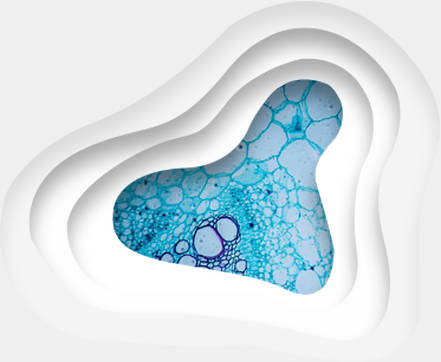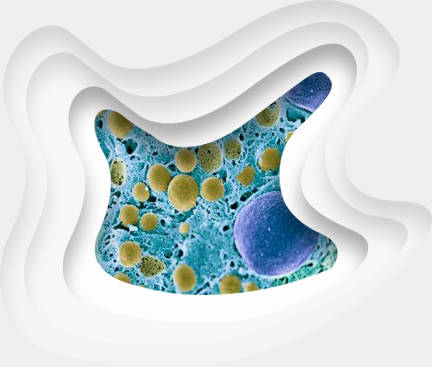The healthcare industry is at a crossroads
Gone are the days when patients were quiet, compliant, and obedient. Today’s healthcare consumer has access to more information than ever before, and is demanding clear information about and input into their care. Patient–doctor relationships are evolving, and the entire pharma system is rapidly revamping. So how can the pharma industry help make sure healthcare providers (HCPs) and patients don’t get their signals crossed? Here are 3 things patients want from their HCPs, along with ways your organization may be able to help.
1. Bedside manner means a lot
Ever heard “it’s not what you said, it’s how you said it”? Many HCPs don’t even realize that as they’re talking in medical-speak, their patients are glazing over. Often, HCPs are trying to multitask during exams, spending a lot of time inputting notes into tablets and little time actually interacting with the patient. Meantime, patients want to engage with someone who is actively listening to their concerns and asking useful follow-up questions—a 2–way conversation. HCPs need to speak clearly and simply in a language patients understand, using empathy to connect, in ways that confirm that they’re listening.
How pharma can help:
- Develop lexicons of lay terms to make it easier for HCPs to know how to talk with patients for better relationship building
- Build active listening cues into digital records used during exams
- Make digital interfaces intuitive and easy to navigate to reduce time spent inputting data so that HCPs can focus more on their patients
- Create clear counseling tools and patient education materials that can be used before, during, and after appointments
- Provide training opportunities to improve “bedside manner” so patients feel valued and heard
2. Respect patients’ time
Patients have an understanding that a doctor’s time is valuable and limited. But they get frustrated when they feel that their HCPs don’t reciprocate. Nearly 2 out of 5 patients report being frustrated by long wait times*, which carries over to their interactions with the HCP. The advent of telemedicine has given time-crunched patients and physicians a new opportunity to maximize face time without being present in person, while also delivering more time-efficient, flexible access and cutting down on lead time to appointments. However, this means optimizing the time during the visit for both patients and physicians.
How pharma can help:
- Provide secure web portals where patients can upload questions prior to their appointment
- Develop apps that inform patients if HCP is running on time so they can minimize wait times at the office for in-person visits
- Create email appointment reminder templates and relevant communications that HCPs can forward to patients
- Develop text reminders for annual/regular/recurring appointments
- Create informative, easy-to-understand disease awareness and product-specific websites that patients can use to research and understand their condition prior to talking with their doctor
- Develop digital content that HCPs can disseminate to patients before, during, and after their telehealth visit
3. It’s a marathon, not a sprint
While it seems the world is geared to instant gratification and faster turnarounds, this doesn’t always apply to healthcare. Many conditions are chronic, with the need for ongoing support and care. This means there’s a long-term commitment between the HCP and the patient, based on trust and transparency. Whether appointments are in person or virtual, the ability to build collaborative relationships over time is key to improving patient outcomes.
How pharma can help:
- Enhanced and simplified patient support programs and medication adherence programs
- Patient e-journals that can help them track negative and positive insights about their journey. Patients can also share these with their HCPs to go beyond numbers and co-develop a more personalized treatment plan
- Mobile apps with gamification built in to help engagement and hold interest
- Increased and better engagement experiences earlier in the patient journey
- Personalized digital experiences for patients
- Improved social media outreach efforts to strengthen doctor–patient relations
- Home diagnostic/monitoring solutions to help patients maintain their health in between HCP consults
Compassion, collaboration, and consistent respect are key drivers of patient satisfaction, which in turn impacts healthcare outcomes. The pharmaceutical industry has the knowledge and responsibility to tap into these patient desires to make the doctor–patient relationship better and stronger than ever. That’s why it’s so important to partner with the right medical communications company. Cactus Life Sciences has decades of global experience in patient insight mining, patient journeys, and layperson lexicons designed to help you optimize HCP–patient interactions. To find out more about how we can help you create compelling communications for patients, contact us today.
(*A source that was cited here contains a link that is now dead and has hence been removed from this article.)
Share this post
About the author

Laura Perry
Laura Perry is Vice President, Marketing, at Cactus Life Sciences.













